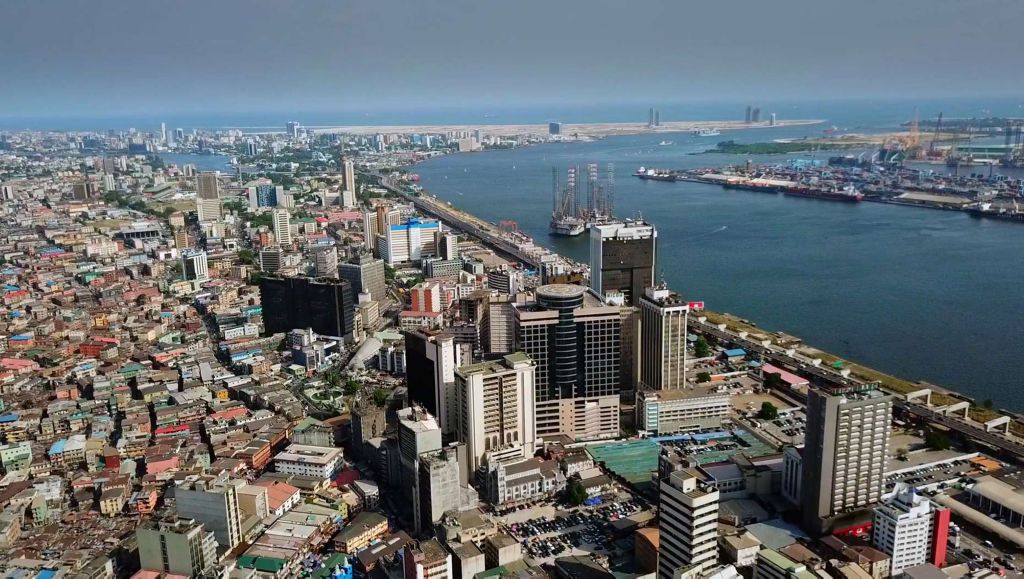“Many people say that sustainability will be won or lost in cities, but I would actually extend that further and say it will be won or lost in cities in the global south. This is where 90 per cent of all future population growth will be added,” says Professor Xuemei Bai, one of the world’s leading experts on urban sustainability and Volvo Environment Prize 2018 laureate.
With the world becoming more urbanised, and the need to combat climate change becoming more acute, public transport is playing an increasingly important role in creating more sustainable cities.
Professor Bai, who is based at the Australian National University in Canberra, believes municipal authorities and city planners need to take a holistic systematic approach to urban development. “We need to approach cities as human dominant complex ecosystems, and then manage them as such,” she explains.
Transport is one important area that can benefit from such an approach, since it is pivotal to both a city’s quality of life and environmental impact. “Transportation takes up a major share of a city’s overall energy use, which means it is contributing a major share of its greenhouse gas emissions too. However, mobility is also a very important part of urban life, so having low carbon and functional public transportation systems will be important for the vitality of cities in the future.”
Megacities often get a lot of attention when talking about urbanisation but in its report Reinventing the cities, the WWF (World Wide Fund for Nature) states that population growth is actually occurring fastest in smaller cities (fewer than one million) that are still in the process of developing their infrastructure. This creates a valuable opportunity, according to the report, to decouple the global urban future from expensive, high-carbon lifestyles. It is during this formative period of a city’s life that opportunities to dramatically impact long-term infrastructure expenditures and emissions are greatest. For more developed cities the answer often lies in higher density.
As stated in the WWF report, “Cities with high densities tend to have better developed public transportation infrastructure and lower transportation emissions. They restrict car use and limit parking spaces, they make cycling and walking attractive, and they provide easy access to public transportation. In short, they plan for more effective transportation.”
The importance of planning and cooperation is something that professor Bai also stresses in her research. “In order to make cities and public transport more sustainable it is important for the decision makers and urban planners to really try to incorporate the perspectives of urban researchers and the general public, so they can avoid making decisions in a narrowly focused silos and take as much as possible a comprehensive systems perspective.”
The challenge of turning urbanisation into new sustainable possibilities has created a spur of new innovation within public transport. In recent years, Volvo Buses’ range of electric and hybrid vehicles have contributed to creating more sustainable public transport systems the world over. However, Håkan Agnevall, President of Volvo Buses, stresses that there is no ‘one-solution fits all’ when it comes to sustainability. “It will not be a quick fix,” he explains. “It will be a staggered and multi-modular development, with different types of solutions for different cities, and it will take time.”

